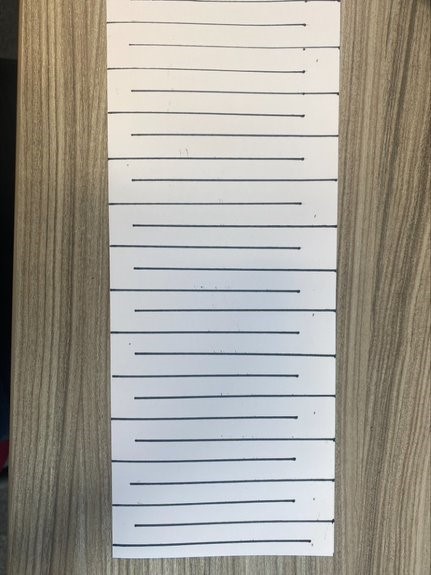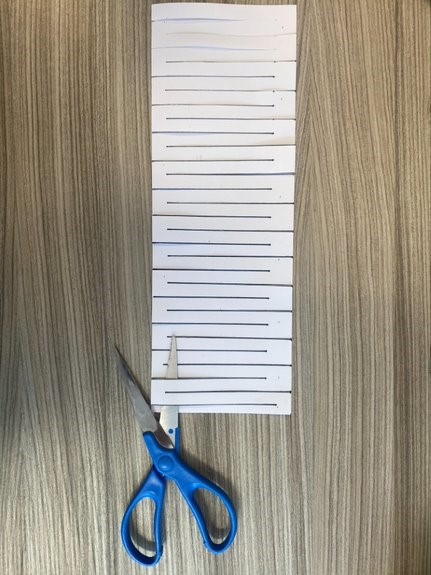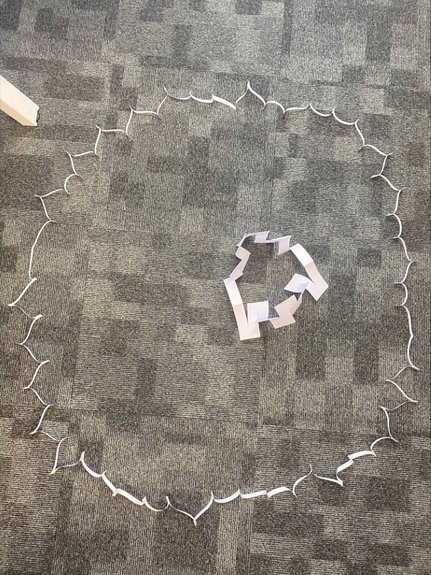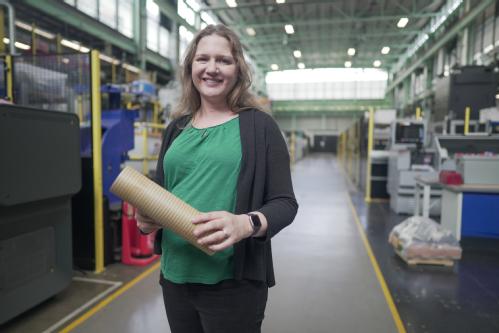Metamaterials
Metamaterials - Dr Claire Dancer
Meet the Academic
What advice would you give to a young people aspiring to get in to a STEM Career?
“Do not confine yourself to the school subjects. We all study biology, chemistry, physics and maths but those are not the only subjects out there. So keep your options open.”
To learn more about Claire and her academic journey:
Download the transcriptLink opens in a new window.
Bringing Science to Life
What are metamaterials?
Metamaterials are structures made of materials (metals, ceramics, polymers, composites) which have properties which go beyond those of the materials they are made from. The structure can come from making cuts or holes in the material, for example, or adding carefully constructed structures made of metal such as “split-ring resonators” which look like doughnuts with sections missing. They can also change their properties within the structure by gradually changing the material type or density, or by making holes and cuts of different sizes. These structures and changes inside the metamaterial change the way the metamaterial interacts with outside forces and waves. For example, we can construct a metamaterial which interacts with light waves so that they bend around an object rather than striking it, which makes it invisible. Or in the demonstrator, we can place cuts and slits in a pattern which means the wood which started as a non-flexible plank can now be bent in half without breaking.
The additional properties available by metamaterial approaches gives us a wider range of possible ways to control things like electromagnetic waves (radio waves, microwaves, light), acoustic waves (sound), and mechanical forces (bending, twisting, pushing). They are important as they give us more ways to control the world and allow us to make more and better technology. For instance, the rotation of wind turbine blades interferes with communication signals (microwaves) so they cannot be placed too close to mobile phone towers. Metamaterials researchers are working on ways to spray patterns of metal onto the turbine blades so that they are invisible to the microwave signals to solve this problem.
How to make your own walkthrough paper
Materials required:
- A4 size paper
- Scissors
- Ruler
- Pencil
Step by step instructions:
1. Download the template of the walk-through paper or you can draw your own template on a piece of paper. Make sure to keep the gap between the cuts the same.



4. Carefully stretch the paper and play with it!

To explore this concept further:
- What happens when the gaps between the cuts change?
- What other properties could you change of the paper? Could you make it stronger for example?
Bringing Science to Life resources was created by interns: Seorin Park and Laura Lotkowska.

Resources to download:
